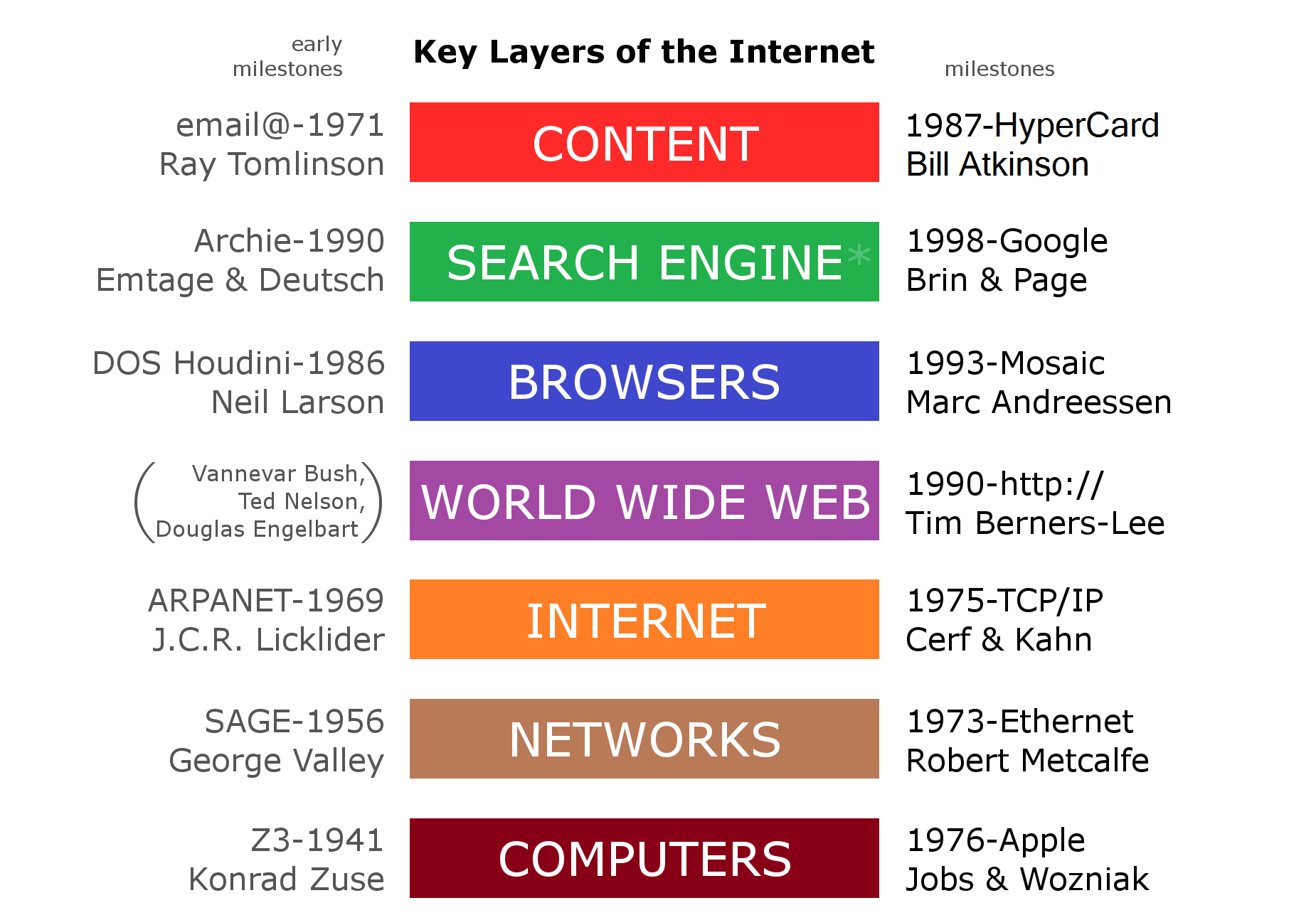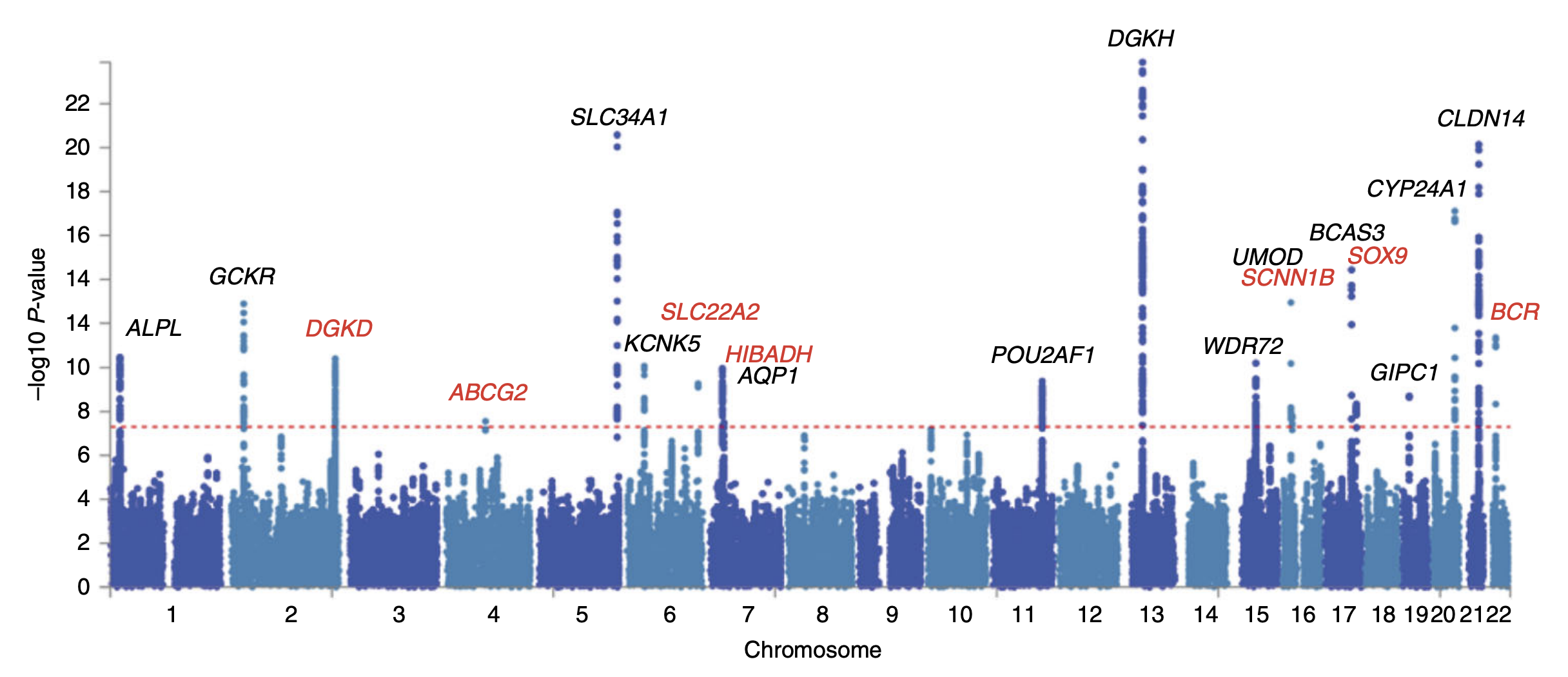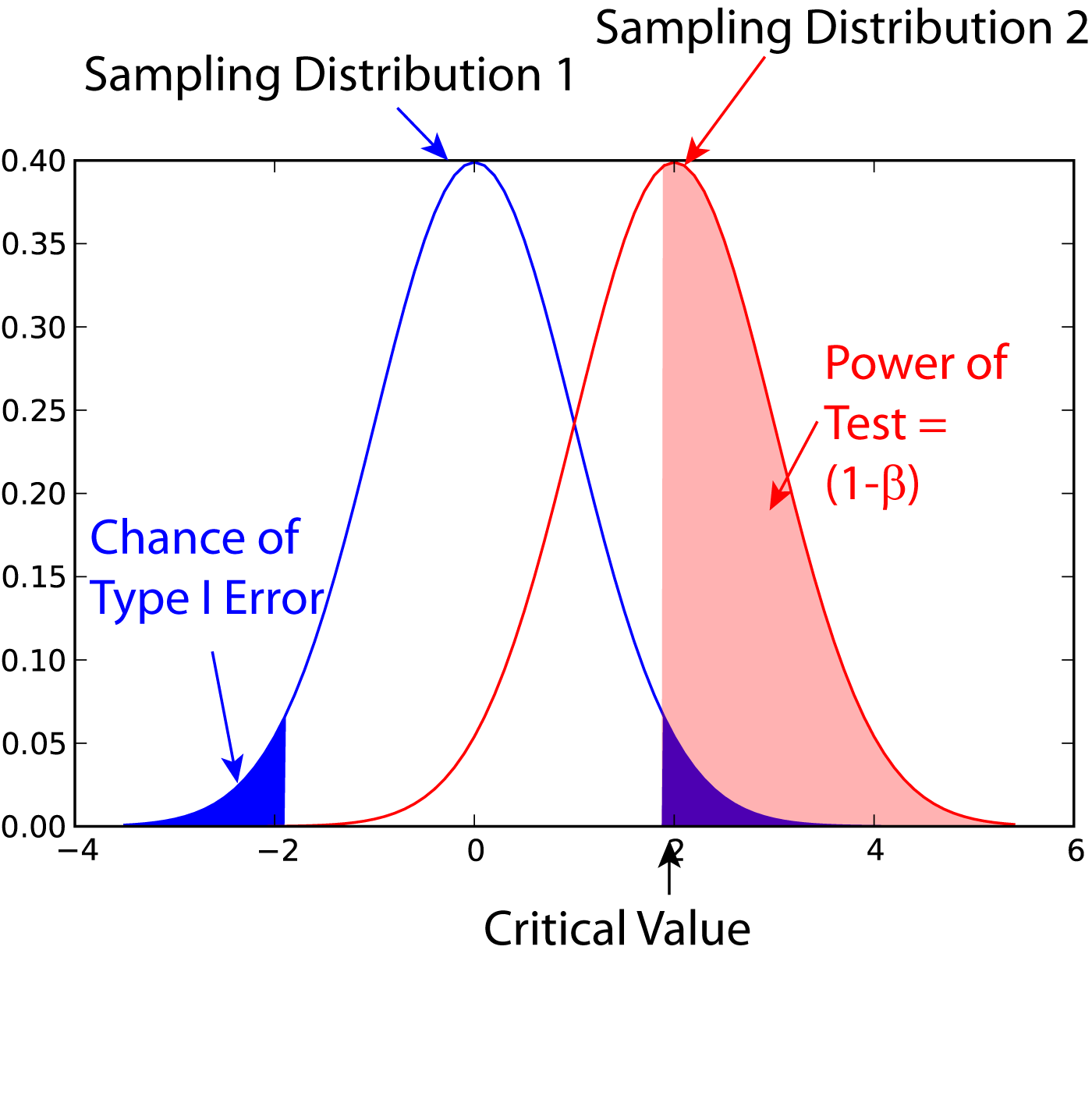|
PhenX Toolkit
The PhenX Toolkit is a web-based catalog of high-priority measures related to complex diseases, phenotypic traits and environmental exposures. These measures were selected by working groups of experts using a consensus process. Use of PhenX measures facilitates combining data from a variety of studies, and makes it easy for investigators to expand a study design beyond the primary research focus. The Toolkit is funded by the National Human Genome Research Institute (NHGRI) of the National Institutes of Health (NIH) with co-funding by the Office of Behavioral and Social Sciences Research (OBSSR) and the National Institute on Drug Abuse (NIDA). Supplemental funding is provided by the National Heart, Lung, and Blood Institute (NHLBI) and the National Institute on Minority Health and Health Disparities (NIMHD). The PhenX Toolkit is available to the scientific community at no cost. For genome-wide association studies (GWAS) and other studies involving human subjects, the use of standar ... [...More Info...] [...Related Items...] OR: [Wikipedia] [Google] [Baidu] |
Web Content
Web content is the text, visual or audio content that is made available online and user encountered as part of the online usage and experience on websites. It may include text, images, sounds and audio, online videos, among other items placed within web pages. In the book ''Information Architecture for the World Wide Web'', Lou Rosenfeld and Peter Morville wrote, "We define content broadly as 'the stuff in your website.' Web content may include webpage document pages, information, software data and applications, e-services, images, audio and video files, personal Web pages, archived e-mail messages stored on email servers, and more. And we include future web content as well as present web content roadmap." Content management Because websites are often complex, a term "content management" appeared in the late 1990s identifying a method or in some cases a tool to organize all the diverse elements to be contained on a website. Content management often means that within a busin ... [...More Info...] [...Related Items...] OR: [Wikipedia] [Google] [Baidu] |
National Human Genome Research Institute
The National Human Genome Research Institute (NHGRI) is an institute of the National Institutes of Health, located in Bethesda, Maryland. NHGRI began as the Office of Human Genome Research in The Office of the Director in 1988. This Office transitioned to the National Center for Human Genome Research (NCHGR), in 1989 to carry out the role of the NIH in the International Human Genome Project (HGP). The HGP was developed in collaboration with the United States Department of Energy (DOE) and began in 1990 to sequence the human genome. In 1993, NCHGR expanded its role on the NIH campus by establishing the Division of Intramural Research (DIR) to apply genome technologies to the study of specific diseases. In 1996, the Center for Inherited Disease Research (CIDR) was also established (co-funded by eight NIH institutes and centers) to study the genetic components of complex disorders. In 1997 the United States Department of Health and Human Services (DHHS) renamed NCHGR the National H ... [...More Info...] [...Related Items...] OR: [Wikipedia] [Google] [Baidu] |
RTI International
Research Triangle Institute, trading as RTI International, is a nonprofit organization headquartered in the Research Triangle Park in North Carolina. RTI provides research and technical services. It was founded in 1958 with $500,000 in funding from local businesses and the three North Carolina universities that form the Research Triangle. RTI research has covered topics like HIV/AIDS, healthcare, education curriculum and the environment, among others. The US Agency for International Development accounts for about 35 percent of RTI's research revenue. History In 1954 a building contractor, met with the North Carolina state treasurer and the president of Wachovia to discuss building a research park in North Carolina to attract new industries to the region. They obtained support for the concept from state governor Luther Hodges and the three universities that form the research triangle: University of North Carolina at Chapel Hill, Duke University and North Carolina State Univ ... [...More Info...] [...Related Items...] OR: [Wikipedia] [Google] [Baidu] |
National Institute On Drug Abuse
The National Institute on Drug Abuse (NIDA) is a United States federal government research institute whose mission is to "advance science on the causes and consequences of drug use and addiction and to apply that knowledge to improve individual and public health." The institute has conducted an in-depth study of addiction according to its biological, behavioral and social components. It has also supported many treatments such as nicotine patches and gums, and performed research into AIDS and other drug-related diseases. Its monopoly on the supply of research-grade marijuana has proved controversial. History NIDA's roots can be traced back to 1935, when a research facility (named the Addiction Research Center in 1948) was established in Lexington, Kentucky as part of a USPHS hospital. The Drug Abuse Warning Network (DAWN) and National Household Survey on Drug Abuse (NHSDA) were created in 1972. In 1974 NIDA was established as part of the Alcohol, Drug Abuse, and Mental Health A ... [...More Info...] [...Related Items...] OR: [Wikipedia] [Google] [Baidu] |
National Heart, Lung, And Blood Institute
The National Heart, Lung, and Blood Institute (NHLBI) is the third largest Institute of the National Institutes of Health, located in Bethesda, Maryland, United States. It is tasked with allocating about $3.6 billion in FY 2020 in tax revenue to advancing the understanding of the following issues: development and progression of disease, diagnosis of disease, treatment of disease, disease prevention, reduction of health care disparities within the American population, and advancing the effectiveness of the US medical system. NHLBI's Director is Gary H. Gibbons (2012–present). Operation In 1948, the National Heart Act established the National Heart Institute and the National Advisory Heart Council. The intramural research program was established a year later in 1949. In 1969, the National Heart Institute was renamed the National Heart and Lung Institute, and the scope of the institute was expanded. In 1976, it was given its current name, the National Heart, Lung, and Blood Inst ... [...More Info...] [...Related Items...] OR: [Wikipedia] [Google] [Baidu] |
Genome-wide Association Study
In genomics, a genome-wide association study (GWA study, or GWAS), also known as whole genome association study (WGA study, or WGAS), is an observational study of a genome-wide set of genetic variants in different individuals to see if any variant is associated with a trait. GWA studies typically focus on associations between single-nucleotide polymorphisms (SNPs) and traits like major human diseases, but can equally be applied to any other genetic variants and any other organisms. When applied to human data, GWA studies compare the DNA of participants having varying phenotypes for a particular trait or disease. These participants may be people with a disease (cases) and similar people without the disease (controls), or they may be people with different phenotypes for a particular trait, for example blood pressure. This approach is known as phenotype-first, in which the participants are classified first by their clinical manifestation(s), as opposed to genotype-first. Each pers ... [...More Info...] [...Related Items...] OR: [Wikipedia] [Google] [Baidu] |
Statistical Power
In statistics, the power of a binary hypothesis test is the probability that the test correctly rejects the null hypothesis (H_0) when a specific alternative hypothesis (H_1) is true. It is commonly denoted by 1-\beta, and represents the chances of a true positive detection conditional on the actual existence of an effect to detect. Statistical power ranges from 0 to 1, and as the power of a test increases, the probability \beta of making a type II error by wrongly failing to reject the null hypothesis decreases. Notation This article uses the following notation: * ''β'' = probability of a Type II error, known as a "false negative" * 1 − ''β'' = probability of a "true positive", i.e., correctly rejecting the null hypothesis. "1 − ''β''" is also known as the power of the test. * ''α'' = probability of a Type I error, known as a "false positive" * 1 − ''α'' = probability of a "true negative", i.e., correctly not rejecting the null hypothesis Description For a ... [...More Info...] [...Related Items...] OR: [Wikipedia] [Google] [Baidu] |
Patient-Reported Outcomes Measurement Information System
The Patient-Reported Outcomes Measurement Information System (PROMIS) provides clinicians and researchers access to reliable, valid, and flexible measures of health status that assess physical, mental, and social well–being from the patient perspective. PROMIS measures are standardized, allowing for assessment of many patient-reported outcome domains—including pain, fatigue, emotional distress, physical functioning and social role participation—based on common metrics that allow for comparisons across domains, across chronic diseases, and with the general population. Further, PROMIS tools allow for computer adaptive testing, efficiently achieving precise measurement of health status domains with few items. There are PROMIS measures for both adults and children. PROMIS was established in 2004 with funding from the National Institutes of Health (NIH) as one of the initiatives of the NIH Roadmap for Medical Research. Background and history The NIH established the Roadmap for Me ... [...More Info...] [...Related Items...] OR: [Wikipedia] [Google] [Baidu] |
Health Informatics
Health informatics is the field of science and engineering that aims at developing methods and technologies for the acquisition, processing, and study of patient data, which can come from different sources and modalities, such as electronic health records, diagnostic test results, medical scans. The health domain provides an extremely wide variety of problems that can be tackled using computational techniques. Health informatics is a spectrum of multidisciplinary fields that includes study of the design, development and application of computational innovations to improve health care. The disciplines involved combines medicine fields with computing fields, in particular computer engineering, software engineering, information engineering, bioinformatics, bio-inspired computing, theoretical computer science, information systems, data science, information technology, autonomic computing, and behavior informatics. In academic institutions, medical informatics research ... [...More Info...] [...Related Items...] OR: [Wikipedia] [Google] [Baidu] |
Redcap (Research Electronic Data Capture)
The redcap (or powrie) is a type of malevolent, murderous goblin found in Border folklore. He is said to inhabit ruined castles along the Anglo-Scottish border, especially those that were the scenes of tyranny or wicked deeds and is known for soaking his cap in the blood of his victims.Henderson, William (1879). ''Folklore of the Northern Counties of England and the Borders'' (2nd ed.) W. Satchell, Peyton & Co. p. 253.Briggs, Katharine (1976). ''An Encyclopedia of Fairies''. Pantheon Books. p. 339. . He is also known as Redcomb and Bloody Cap. Description and behaviour Redcap is depicted as "a short, thickset old elf with long prominent teeth, skinny fingers armed with talons like eagles, large eyes of a fiery red colour, grisly hair streaming down his shoulders, iron boots, a pikestaff in his left hand, and a red cap on his head". When travellers take refuge in his lair, he flings huge stones at them and if he kills them, he soaks his cap in their blood, giving it a crimson hue ... [...More Info...] [...Related Items...] OR: [Wikipedia] [Google] [Baidu] |
LOINC
Logical Observation Identifiers Names and Codes (LOINC) is a database and universal standard for identifying medical laboratory observations. First developed in 1994, it was created and is maintained by the Regenstrief Institute, a US nonprofit medical research organization. LOINC was created in response to the demand for an electronic database for clinical care and management and is publicly available at no cost. It is endorsed by the American Clinical Laboratory Association. Since its inception, the database has expanded to include not just medical laboratory code names but also nursing diagnosis, nursing interventions, outcomes classification, and patient care data sets. Function ''LOINC'' applies universal code names and identifiers to medical terminology related to electronic health records. The purpose is to assist in the electronic exchange and gathering of clinical results (such as laboratory tests, clinical observations, outcomes management and research). LOINC has two ... [...More Info...] [...Related Items...] OR: [Wikipedia] [Google] [Baidu] |





